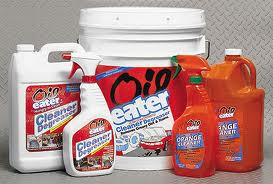Maintaining Proper Oil Levels - Doug's Tip of the Month

Maintaining Proper Oil Levels in Reservoirs, Sumps, Gearboxes and Crank case
Whether the case is Automotive – (engines, transmission, differentials), Gearboxes, Circulating Systems or Pumps; maintaining proper oil levels in reservoirs and sumps is imperative for both the equipment and oil life.
When oil levels are too low, machine wear and damage can occur very rapidly. There may be an increase in friction due to the lack of lubricating boundary film and/or viscosity changes from increased fluid temperatures. The lack of oil can lead to metal-to-metal contact which can in turn cause wear. This wear mechanism, known as spalling, pitting, smearing and seizing, all of which are forms of Adhesive Wear, are most common from metal to metal contact.
When oil levels are too high, it mainly can affect the lubricant and its properties, but can also cause damage to equipment. Oil levels that are too high for long periods of time can result in the machine or equipment aerating or churning the oil. Oil that has been aerated can change viscosity, speed up oxidation, and use up additives. When equipment or machines are run in these conditions, the lubricating film strength weakens, boundary conditions form and damage to the equipment can occur.
Implementing proper programs and procedures to continually monitor and maintain oil levels will result in longer fluid life and equipment life. Properly training personnel on how to “Monitor and Maintain Fluid Levels” through dip sticks, sight glasses or other methods determined by the OEM can produce higher productivity and less down time. Checking the oil for proper levels at regular intervals will help to ensure long life for both the equipment and the oil.



